Top 10 of 2021: The most-read articles on Plumbing & Mechanical
As 2021 draws to a close, we revisit the articles which caught the attention of our readers the most.

Readers flocked to Plumbing & Mechanical this year for the latest information on new products and technologies, industry news and market trends. Here’s a countdown of the top 10 articles you read the most in 2021 based on the number of unique pageviews on www.pmmag.com.
10. John Siegenthaler: Cascading heat pumps
Heat pumps are incredibly useful devices. They gather what would otherwise be unusable heat from low-temperature sources such as outside air, soil, lakes or water wells and “upgrade” the temperature of that heat to a condition where it can heat buildings, domestic water, swimming pools or other process loads.

9. John Siegenthaler: Game changer
With systems dating back into the 1800s, hydronic heating has been around a long time. As with many technologies, a modern hydronic heating system bears little resemblance to one based on the earliest design techniques and hardware. Imagine explaining the concept of a circulator to a design engineer from 1900 who might only know of electricity as something a few scientists experiment with. Think about convincing an engineer of that era that pipes capable of lasting well over 100 years could be made of materials derived from oil.
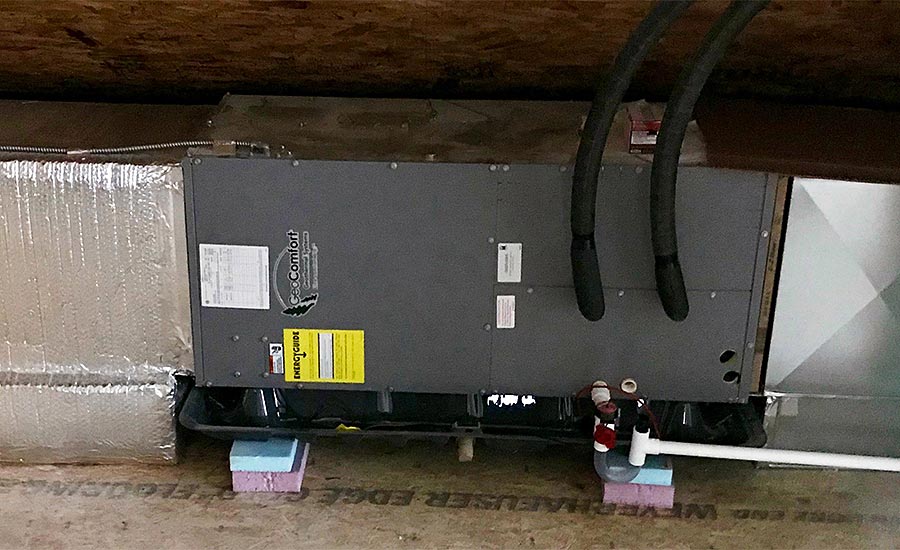
8. The Glitch & The Fix: Secondary issues
Sometimes multiple mistakes show up in small portions of hydronic systems. The piping configuration shown in Figure 1 is one example. It represents a simple secondary circuit within a primary/secondary system. Can you spot at least four specific installation details that could create problems within this system?
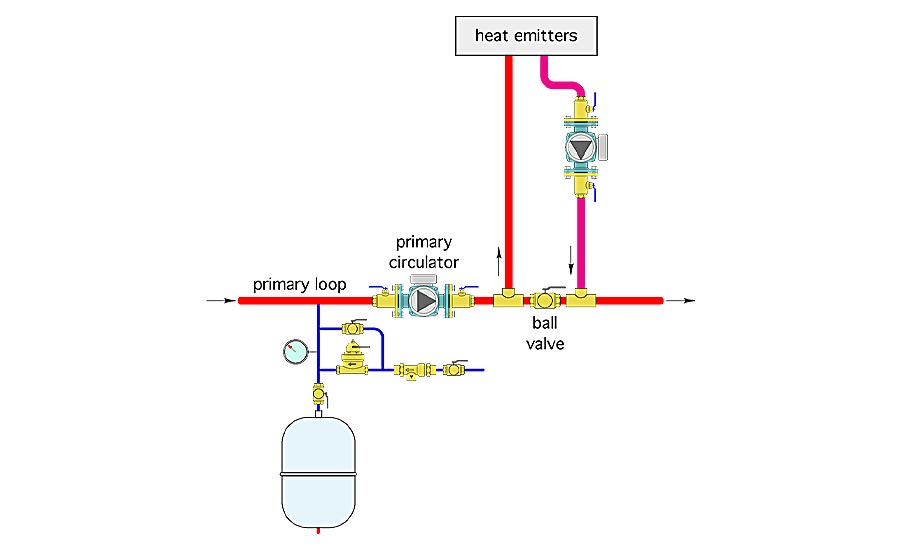
7. Is boiler turndown really that important?
It’s without question that technology has improved the mechanical world around us. From my smartphone, I can instantly see the health of hundreds of our boiler plants across the country. A building management system (BMS) can sense occupancy to control everything from lighting to the snowmelt systems. Water heaters can read the voltage through their powered anode rods to calculate the life left on the tank. While technological advances like these have allowed us to bend the rules of mechanical designs, we can’t fall into the trap of using technology to skate around fundamental engineering practices.
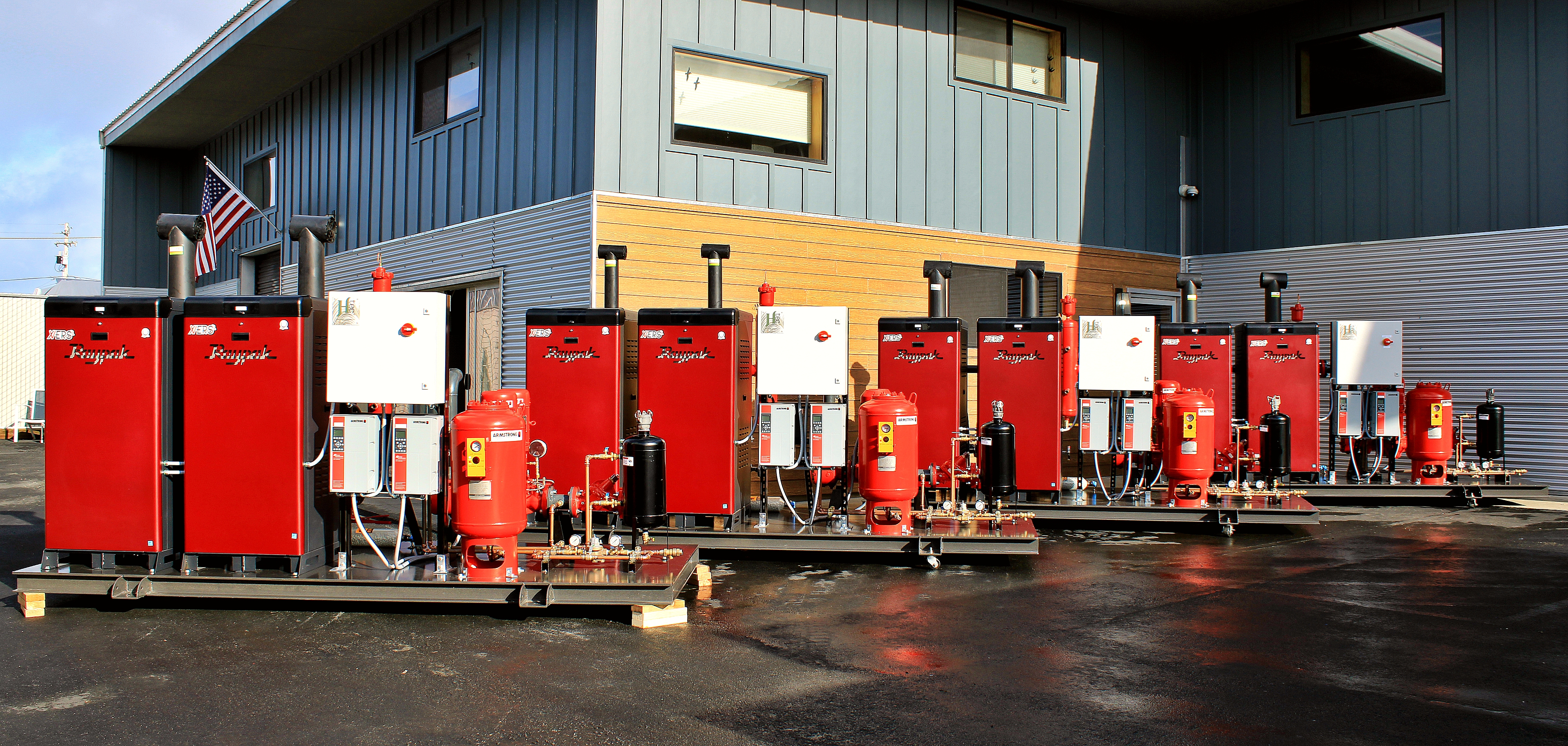
6. The Glitch & The Fix: Inadvertent flows
An installer recently read about the benefits of piping a buffer tank in a “2-pipe” configuration. One benefit was “direct to load” heat transfer when the load and heat source are operated simultaneously. Another benefit, under the same operating conditions, was enhanced stratification within the tank due to reduced flow rate into and out of the buffer tank. The piping used by the installer is shown in Figure 1.
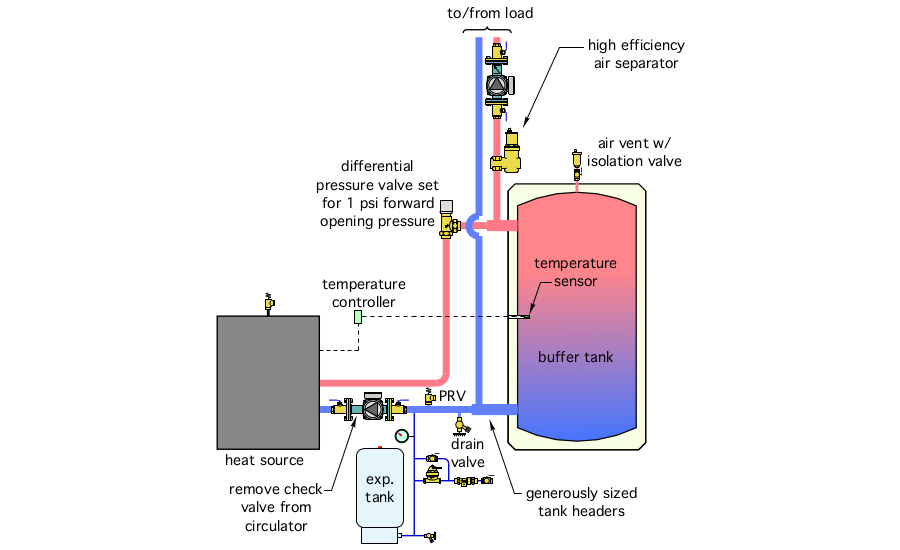
5. Go with the Flow: The Case for Pipe Relining
The plumbing industry may have been around for centuries, but there’s still plenty of innovation and advancement today. One area that’s getting attention is pipe relining, a one-hole alternative to the traditional two-hole pipe bursting sewer line replacement method. While very few plumbers offer pipe relining, my business has evolved to almost exclusively offer it. Here are the reasons why pipe relining is a smart and cost-effective alternative you may want to consider.

4. Dave Yates: Troubleshooting an electric water heater
Troubleshooting tank-style two-element electric water heaters is relatively simple once the operation is understood. When newly installed, or heavy usage outpaces storage, the tank is full of cold water. The upper element will be energized first and remain on until its thermostat is satisfied. When the upper thermostat is satisfied, it opens the circuit, providing power to the upper element, which closes the circuit to the lower element. At no time will both elements be energized simultaneously because that would cause the 30-amp breaker to trip off.
3. Radiant Comfort Report: Inverter air-to-water heat pumps
By now, most of you have either installed inverter-driven variable speed heat pumps that can deliver their nominal rating output at temperatures well below 0° F without any backup heat source, or at least have become familiar with the technology. The most efficient models rival the COP (Coefficient of Performance) ratings of geothermal heat pumps, but without the expense of installing the boreholes, or wells, for the heat exchanger.

With a considerable volume of contradictory information in circulation regarding the application of different technologies for HVAC systems, this article seeks to explain some of the technical aspects of variable refrigerant flow (VRF) systems, and offer comparisons on the basis of cost and performance to more standard hydronic systems. While some of the material presented here are drawn from industry literature, the majority is drawn from peer-reviewed studies conducted by recognized industry professionals.
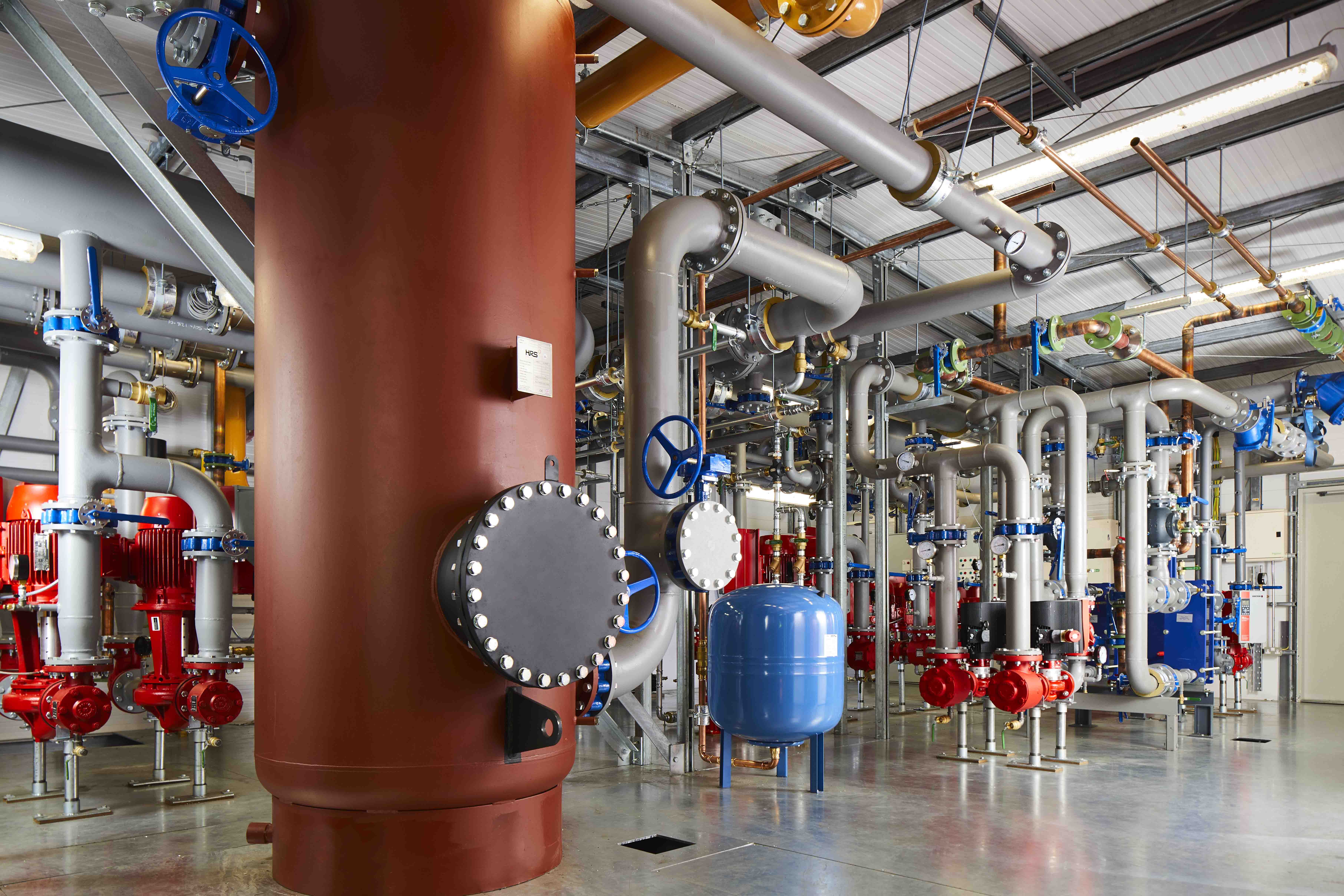
1. Hydronic heat pumps ride the tide of electrification
According to the United Nations, 2019 was the second warmest year on record at the end of the warmest decade (2010-2019) ever recorded. Additionally, carbon dioxide and other greenhouse gas levels were 18% higher from 2015 to 2019 than the previous five years, according to the World Meteorological Organization’s Global Climate 2015-2019 report. Evidence of climate change is affecting every country on every continent, disrupting economies as well as causing changing weather patterns, rising sea levels and more extreme weather events.

Looking for a reprint of this article?
From high-res PDFs to custom plaques, order your copy today!





